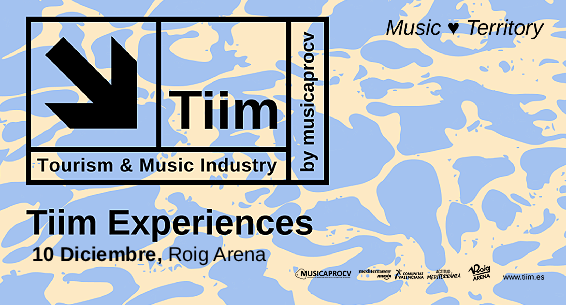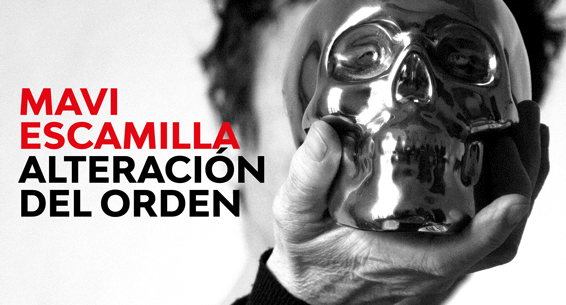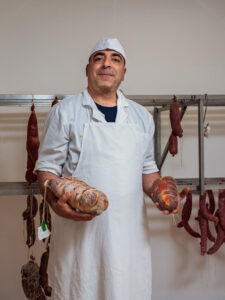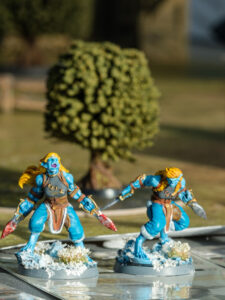We are going to start the year by discovering some of the jewels kept by the Museum of Fine Arts of Valencia with the help of its director Pablo González Tornel. But before starting the tour with him, we have asked him to explain to us that mantra repeated so many times by Valencian politicians and media., that the art gallery that he has directed since 2020 It is the second in Spain. It's true? The second in what? Indeed, Tornel says, When you establish a ranking, you first have to make it very clear which items you are evaluating.. When they talk about the second art gallery in Spain, they refer to the volume of the collection, and in that sense, It is true that the Museum of Fine Arts has it very voluminous. But what makes this museum special is, according to its director, which has works of very high quality in all the periods covered in its chronological journey - from the late Middle Ages to the 20th century - thanks to the fact that it is located in a territory that has been a center of international exchange in which very high levels have been achieved. of artistic mastery. Hence, the museum can offer a sustained discourse of high quality that goes, from the Gothic altarpieces, to the Renaissance painting of Joan de Joanes, to the naturalist baroque of Francisco Ribalta and Jerónimo Jacinto de Espinosa, in the 19th century painting by Vicente López, Mariano Salvador Maella or Joaquín Sorolla, pinnacle artists of Western Art History.
 Altarpiece of the seven Sacraments (1396-97)
Altarpiece of the seven Sacraments (1396-97)
Now yes, We begin the tour of some of the jewels of the Museum of Fine Arts with a small altarpiece painted at the beginning of the 15th century for a chapel sponsored by the monk Frai Bonifacio Ferrer, represented in the predella. The important thing about the central street, busy with the Crucifixion, is that threads of blood emerge from the wound in Christ's side and lead to scenes that narrate the seven works of mercy.. The author of this altarpiece is one of the best European painters of international Gothic, Gherardo Starnina, a Tuscan artist who emigrated to Valencia at the beginning of the 15th century with enormous quality standards and a command of tempera painting (with egg as a binder) admirable, with which he achieves something very difficult: the effect of transparency of the waters on the legs of Christ. The architectural details of clearly unreal colors and the detailed natures—also unreal (the rocks are green)— they tell us about a painter who is at the top of the avant-garde of international Gothic within a Valencia that is a creator of style.
 Behold the man (1430-50)
Behold the man (1430-50)
Joan de Joanes is a 16th century painter who, in theory, He never traveled outside the Kingdom of Valencia to train, but who knew the high manner Italian style with which he built a tremendously personal and recognizable style that established one of the highest standards of the entire 16th century in Spain.. This eccehomo collects the devotion (very Valencian) by the blood of Christ, highlights the most human part of the Creator by giving exceptional treatment to his anatomy, to the transparency of his veins in his hands, to the crown of thorns stuck in his forehead and to the drops of dried blood that run down his face. We are living the moment before the Crucifixion in which Jesus Christ, tied up, has suffered flogging, the crowning with thorns and the insults, y, Still alive, humiliated and suffering, He challenges the viewer with his gaze while transparent tears slide down his cheeks.. It is a work that exploits in an unusual way (in the sixteenth century) the ability of the isolated figure to project itself towards the viewer from a black background. We do not have spatial references, because we want to create the feeling that Jesus Christ is with us.
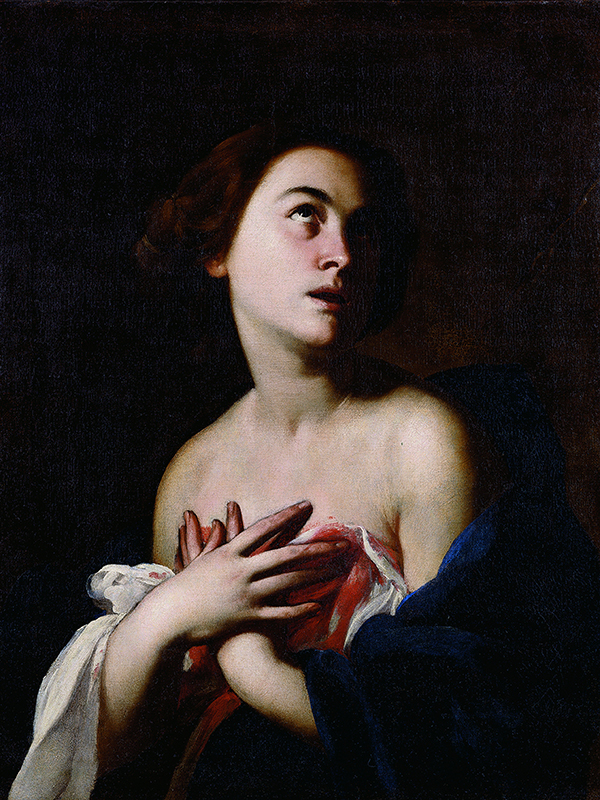 Santa Águeda (1635-40)
Santa Águeda (1635-40)
Massimo Stanzione is a painter who developed his career during the first half of the 17th century in Naples., the most populated and richest city in the world, integrated within the system of kingdoms of the Crown of Aragon of the Hispanic Monarchy. In this context, What happens in Naples has a lot to do with what happens in Valencia, in Madrid or Palermo, So the influence of artists like Caravaggio could move quickly like wildfire., star of Neapolitan painting. On the other hand, Keeping Catholicism absolutely pure became a matter of state in the Spanish monarchy, and in the effort to bring religion closer to the faithful, art played its role, whose religious scenes will be painted as everyday, whose saints will look like ordinary human beings. This Saint Águeda is a mature product of the tenebrist baroque and in it repeats what we have already seen in Juanes' eccehomo: Santa Águeda, on neutral background, share space with us. He has lost any reference to his holiness (halos do not crown her, I don't pay taxes), but it is related to divinity because it directs its gaze upward. Only when we look at how she holds her white garment to cover her breasts do we discover that she is not a woman. vulgar, but the saint who was martyred by cutting off her breasts. We are before a saint who for a long time was read as a model of resistance of women against men because, rather than give in, she preferred to be killed.
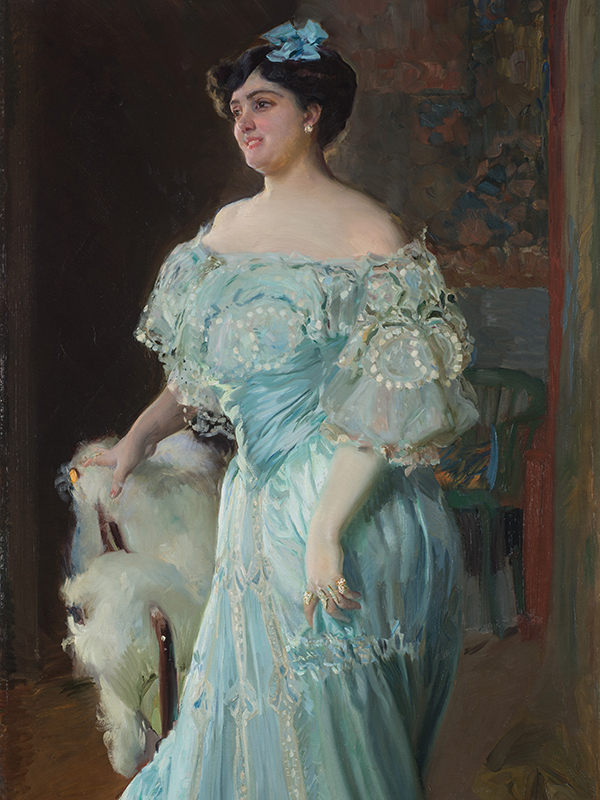 The portrait of the tiple Isabel Bru (1904)
The portrait of the tiple Isabel Bru (1904)
Joaquín Sorolla is the most important Spanish painter of the period between the centuries.. He was formed in an environment of artistic explosion in Valencia in the second half of the 19th century and spent several years touring Italy., where it comes into contact with those Macchiaioli (“stainers”) that decomposed the scenes through the use of color stains, almost with direct fillings, with hardly any prior drawing. Sorolla was a gifted painter who knew how to distill different influences very well to create a very personal style in the typical genres of the time.: history painting, the landscape and, above all, the portrait. You will also find a niche market in traditional painting of a happy Mediterranean that projects the idyllic vision of the world of the sea., agriculture and fishing. It will make the use of light and its way undone to paint your identity sign. In The portrait of the tiple Isabel Bru everything is built around the brilliance of the white and aquamarine dress of the Valencian soprano. In fact, His face seems almost in darkness because the entire light focus is focused on this status symbol in which Sorolla boasts of his expertise in capturing the reverberation of light., his great gift. Spatial references appear with four strokes (something very Velazquez) so that space becomes irrelevant, she is what is truly important.
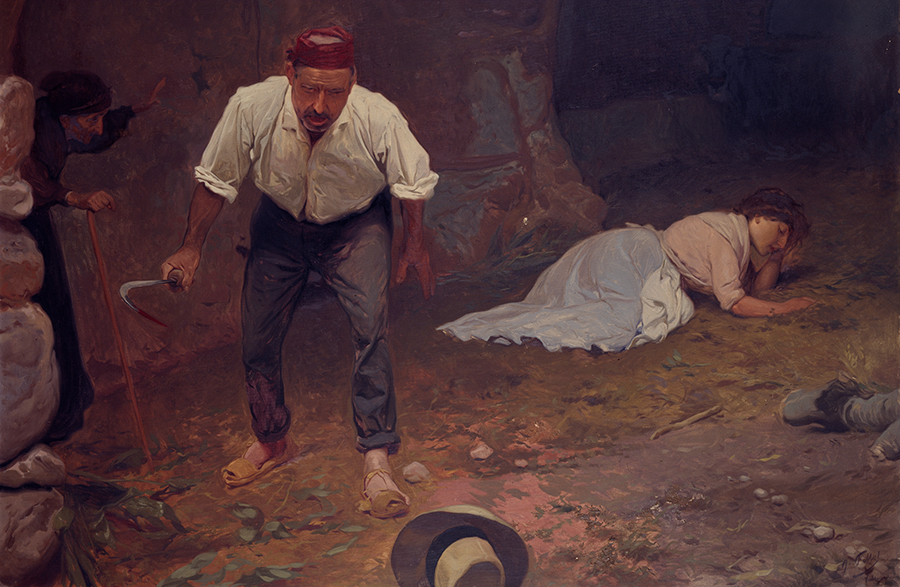 Master (1910)
Master (1910)
Antonio Fillol is a contemporary of Sorolla who moves between two pictorial currents. On one side, the customs away from the dominant aesthetics of the time practiced by painters like Pinazo or Sorolla himself. Fillol likes the polished finish of the works. On the other hand, there are his works of a social nature., conceived in an era in which cosmopolitan and refined paintings triumphed. Fillol reflected the problems of society with realistic technique and tremendously modern frames that seem taken from photography., hence they lack the beauty of a pictorial composition. In the frame of Masterthree figures appear: a young woman crying on the floor, an angry man who walks towards the viewer with a scythe in his hand and an old woman who comes in to help the woman. But pay attention, There is a young man's hat in the foreground and it is the one that the film tells us about: we are witnessing a rape. A moment ago, The young man has entered the house of the peasants who work their lands and has exercised his right of stay about the young woman, but the husband confronted him and wounded him with the scythe, from which drops of blood fall. This scene is not a simple Photo fix of something that used to happen, It is a scene that rebukes the viewer., accuses him, makes him the rapist.





